The deep ocean remains one of Earth's last frontiers, a realm of perpetual darkness, crushing pressures, and extreme temperatures. Yet within this inhospitable environment, hydrothermal vents erupt like underwater geysers, spewing mineral-rich fluids that sustain bizarre ecosystems. For decades, scientists have struggled to study these dynamic systems using brief expeditions and remote sampling. Now, a revolution in marine technology is unfolding through the deployment of permanent chemical sentinels – sophisticated sensor arrays capable of year-round, real-time monitoring of vent fluid chemistry.
These technological marvels represent more than just engineering triumphs. By maintaining constant vigil over vent emissions, researchers are decoding the complex language of underwater volcanism – the subtle chemical whispers that precede eruptions, the shifting signatures of microbial metabolism, and the large-scale exchange between Earth's crust and oceans. The implications stretch from improving tsunami prediction to understanding the origins of life itself.
The Challenge of Transient Sampling
Traditional vent studies resembled snapshots of a Broadway show taken from the parking lot. Research vessels would arrive at a vent field, lower instruments for a few precious hours or days, then retreat before storms or budget constraints forced departure. This approach missed the plot entirely – the daily fluctuations, seasonal variations, and sudden explosive events that define hydrothermal systems. Important chemical transitions occurred between sampling campaigns, leaving scientists to guess at the intervening processes.
Compounding the problem, bringing samples to the surface often altered their chemistry. Pressure changes distorted gas concentrations, while rapid cooling caused minerals to precipitate out of solution. What researchers analyzed in shipboard laboratories represented ghostly approximations of the true subsurface conditions. The deep sea demanded a new approach – one where measurements happened in situ, at depth, across meaningful timescales.
Birth of the Chemical Sentinels
The solution emerged through collaboration between oceanographers, engineers, and materials scientists. Their creation: networks of modular sensors housed in titanium cases, powered by lithium batteries or thermal energy converters, and connected by fiber-optic cables to surface buoys or shore stations. These systems now perch like mechanical crustaceans around active vent chimneys, their probes immersed in shimmering hydrothermal plumes.
Key to their success was developing sensors that could withstand extreme conditions while maintaining precision. pH electrodes now use diamond-based components resistant to acid corrosion. Optical sensors measure dissolved sulfides without electrode fouling. Mass spectrometers miniaturized for deep-sea use track noble gases that signal magmatic input. Perhaps most impressive are the voltammetric sensors that can simultaneously detect multiple chemical species – oxygen, hydrogen sulfide, iron, and manganese – in a single automated analysis.
Revelations from Continuous Monitoring
The data streaming from these platforms has overturned textbook assumptions. Where researchers once envisioned relatively stable vent output, sensors reveal pulsating systems with tidal rhythms, responding to distant earthquakes and lunar cycles. At the East Pacific Rise, chemical sentinels detected a 300% increase in vent fluid iron concentration weeks before a seafloor eruption – the first documented hydrothermal precursor to volcanic activity.
Microbial ecologists made equally startling discoveries. Rather than steady metabolic rates, vent microbes exhibit "shift work" patterns, with different populations dominating at different times. Sulfide-oxidizing bacteria flourish during high-flow periods, while iron reducers take over when conditions turn more oxidized. This chemical shift, visible only through continuous monitoring, suggests vent ecosystems undergo daily reorganization.
Climate Connections and Carbon Cycling
Perhaps the most critical findings involve hydrothermal vents' role in global biogeochemical cycles. Early estimates suggested vents contributed minimally to ocean chemistry compared to river inputs. But sentinel networks revealed that brief, intense discharge events – previously missed by sporadic sampling – account for disproportionate chemical fluxes. A single three-day pulse at the Mid-Atlantic Ridge injected more methane into the water column than years of background venting.
The implications for climate research are profound. Vent-derived metals like iron fertilize phytoplankton blooms that sequester atmospheric CO2. Meanwhile, hydrothermal systems may act as both sources and sinks for greenhouse gases. Sensors have documented microbial communities rapidly consuming vent-emitted methane, while other sites show unexpected CO2 release from magmatic degassing. Quantifying these fluxes requires the persistent presence that only in situ monitoring provides.
Technological Evolution and Future Directions
Current systems represent merely the first generation of chemical sentinels. Next-phase developments include increasing sensor multiplexing (measuring more parameters simultaneously), improving antifouling coatings to extend deployment durations, and incorporating artificial intelligence for adaptive sampling. Some prototypes now use fluidic systems to automatically calibrate sensors against standard solutions, addressing long-standing concerns about data drift during year-long deployments.
The ultimate goal involves creating truly autonomous networks where sensors not only collect data but interpret it locally, triggering sampling or alerts when detecting anomalous conditions. Such smart systems could revolutionize our ability to study ephemeral events like megaplumes or the sudden collapse of vent chimneys. Combined with emerging technologies like laser-induced breakdown spectroscopy for elemental analysis, the next decade promises an unprecedented window into seafloor chemical dynamics.
From expanding our knowledge of extremophile biology to refining models of mantle-crust interaction, deep-sea chemical sentinels are rewriting oceanography's fundamental tenets. As these technologies proliferate across the global mid-ocean ridge system, we move closer to hearing the full, uninterrupted story of Earth's underwater chemical heartbeat – one that has been pulsing unseen for billions of years.
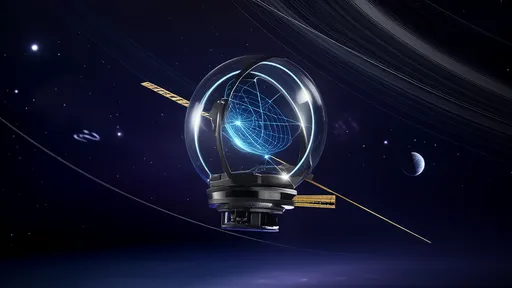
By /Aug 5, 2025

By /Aug 5, 2025
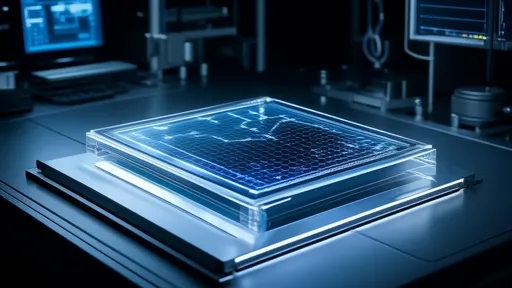
By /Aug 5, 2025
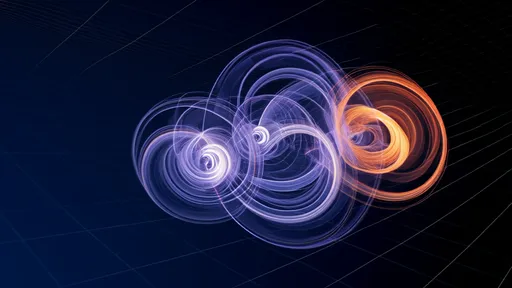
By /Aug 5, 2025
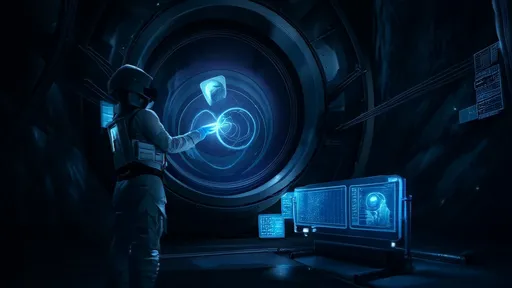
By /Aug 5, 2025

By /Aug 5, 2025
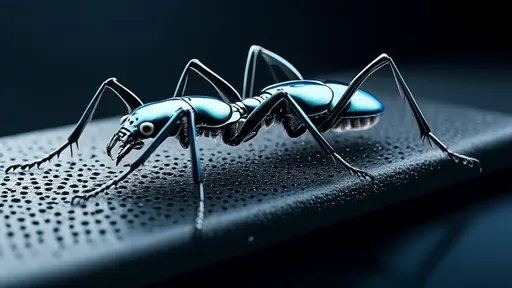
By /Aug 5, 2025
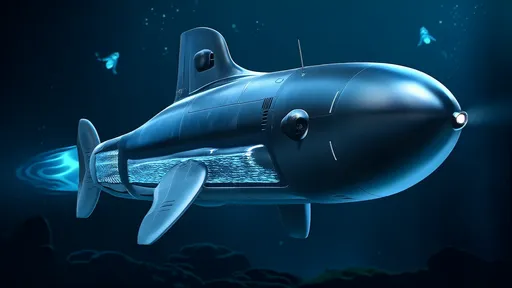
By /Aug 5, 2025
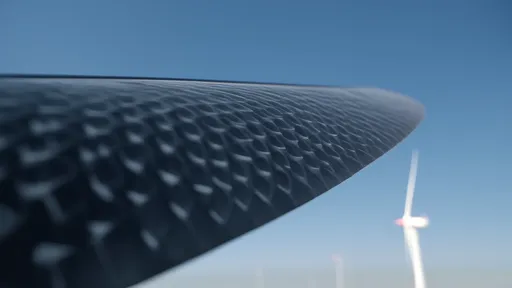
By /Aug 5, 2025
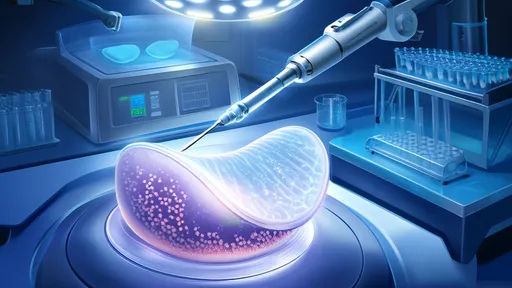
By /Aug 5, 2025
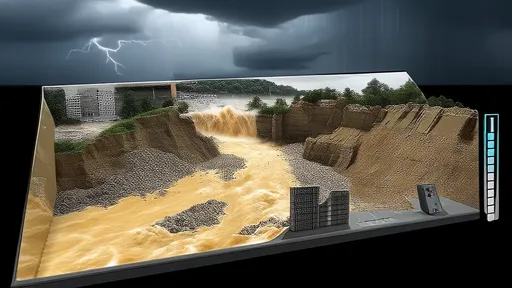
By /Aug 5, 2025

By /Aug 5, 2025
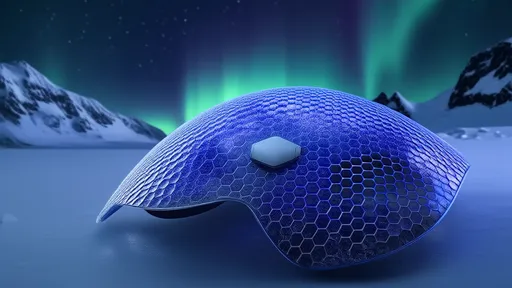
By /Aug 5, 2025
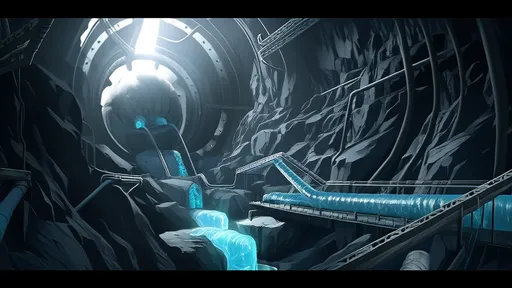
By /Aug 5, 2025
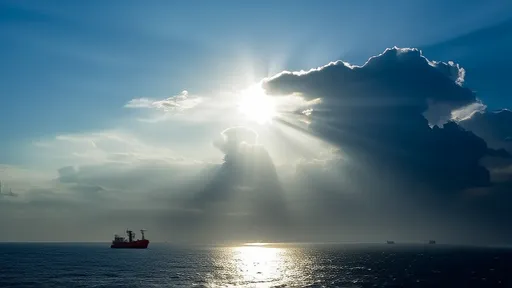
By /Aug 5, 2025

By /Aug 5, 2025
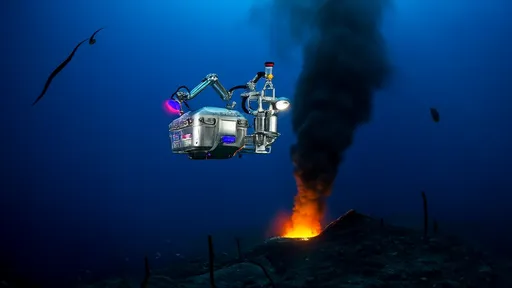
By /Aug 5, 2025

By /Aug 5, 2025

By /Aug 5, 2025
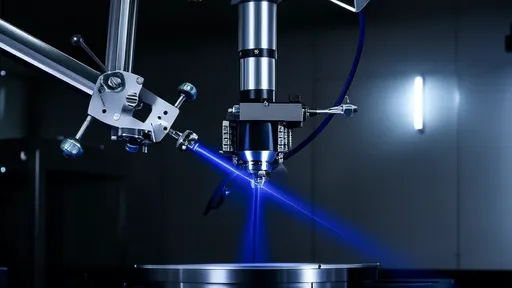
By /Aug 5, 2025